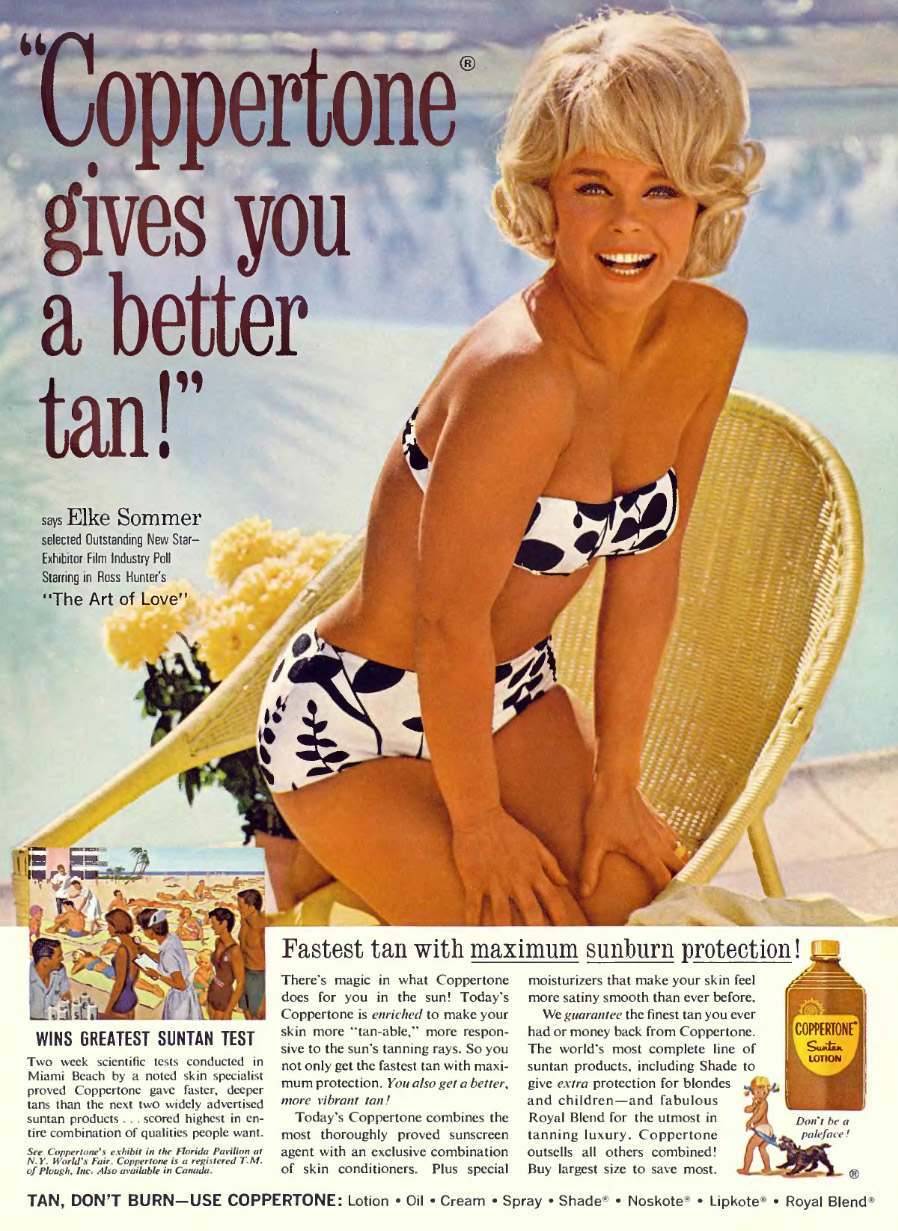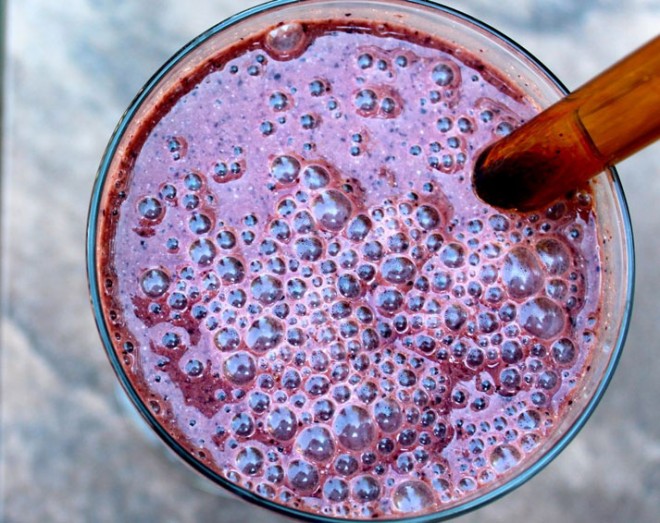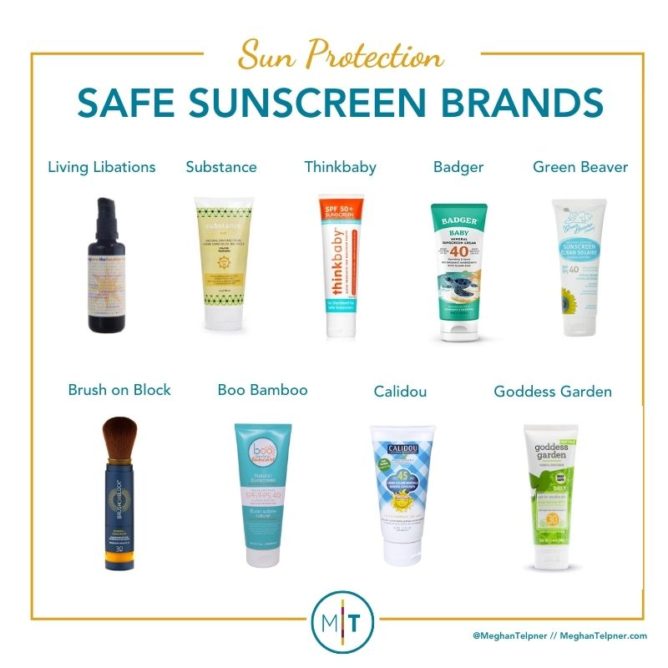

I make no secret or excuses about my love for the sunshine. I gladly escape cold Toronto winters in favour of warmer locales like California, Hawaii or the Caribbean. Yet, you’ll never find me slathering on conventional sunscreens. This is because there are plenty of safe, chemical-free sunscreen options available, foods we can eat to support skin health, and healthy sun exposure habits.
Here it all is, rolled into one tidy post for you, at long last.
Sunshine is not a carcinogen. Sun is not the problem. We need the sun to survive. It’s the source of all life on this planet and we are not the one living species that does not benefit from the sunshine. It is our leading source of Vitamin D, a vitamin that supports our bone health, enhances our immune system, balances our hormones and nourishes brain function. Sunshine is vital for our mental and emotional wellbeing. And dare I say it, the sunshine on our skin feels good. And yet, somehow, we have made it the villain and declared ourselves helpless victims. We are terrified of the sun and smear ourselves with toxic sunscreens that may be doing us more harm than good.

We need the sun’s rays to make Vitamin D. When we wear sunscreen, we block the production of Vitamin D in our bodies. A meta-analysis of sun exposure studies showed that moderate sun exposure can reduce the risk of:
We need the full benefits of the sun throughout the body. Aside from the reduced risk of the many common conditions mentioned above, sunlight hitting the eye is crucial. Sunshine hitting the eye regulates our circadian rhythm, which helps us get a better night’s sleep and wake up in the morning.

We have been taught that sun exposure is bad and our main line of defense to protect ourselves is to use sunscreen. It isn’t that the sun itself is dangerous, rather it’s the potential effects of getting a sunburn, which can lead to an increased risk of melanoma.
But is sunscreen solving the problem? We scrub toxic chemicals into one of our largest and most sensitive organs – our skin – yet wearing sunscreen hasn’t reduced skin cancer cases. In the US, non-melanoma skin cancer rates increased by 77% between 1994 and 2014, while melanomas doubled between 1982 and 2011 and continue to rise. In Canada, skin cancer rates rose by 1.4% per year between 1998 and 2007. Also, skin cancer is now the third most common cancer in young women from 15-29 in Canada.
While some of these rates could be attributed to climate change and ozone depletion, I think we have changed more than our sun has. We fill our bodies with hydrogenated oils, processed foods, additives and processed sugars. We coat our bodies in a chemical cocktail of personal care products, deodorant and perfumes. And we clean our homes with carcinogenic and endocrine-disrupting chemicals, we sit too much, we spend too much time in front of electronic devices, and we work in health-depleting office environments.
Aside from the potential health effects of chemicals in sunscreens (more on that below), sunscreen doesn’t make us invincible. Wearing sunscreen gives us a false sense of security, luring us to believe we’re safe and protected. Sunburns often don’t emerge until several hours after sun exposure for many of us. Some common sunscreen blunders include:
Applying a layer of sunscreen is only one way that we can protect ourselves from the damaging effects of UV radiation. There are many more opportunities for us to practice safe sun protection and enjoy a healthy relationship with sunshine.

UV radiation increases free radicals in the body. Antioxidants counteract the negative effects of free radicals. If you’re going to be out in the sunshine during warmer months, then it’s a good idea to amp up your consumption of antioxidant-rich foods.
Other nutrient-dense foods to eat include dark leafy greens, cruciferous vegetables, seaweeds and culinary adaptogens.
Conventional sunscreens contain ingredients that aggravate the skin, disrupt our hormones and interfere with the endocrine system. As spray sunscreens have grown in popularity, they release nanoparticles into the air that may have an impact on our respiratory system.
These products use chemicals to filter out the sun’s UV rays. Some of these ingredients include:
Of these chemicals, oxybenzone is the most worrying to me. There is a growing body of evidence that oxybenzone disrupts hormones and irritates the skin. A recent clinical trial of sunscreen chemicals found that oxybenzone, as well as several other sunscreen chemicals, seep through your skin and into the bloodstream and then rise with daily use. The Center for Disease Control disclosed that about 97% of people tested have oxybenzone in their urine plus it’s been found in human breastmilk. Oxybenzone reacts with chlorine, which is found in swimming pools, drinking water and our showers, creating byproducts that are harmful to our health.
Yes, our skin is a barrier that protects our insides from the external environment, but it’s also a very large organ with a highly absorptive surface. It’s not an impenetrable wall – the ingredients we apply to our skin get soaked in, then circulate around the body. And the higher the SPF, the more chemicals these sunscreens contain.
In the United States, the FDA is proposing some new sunscreen regulations to tamp down on these harmful chemicals. Hopefully, some or all of these chemicals will be phased out for our safety.
Further, a recent study in JAMA concluded that the blood concentration of three of the most prevalent sunscreen ingredients continued to rise with daily use and then remained in the body for at least 24 hours after sunscreen use ended. Based on a recent ruling by the FDA, it has been stated that “oxybenzone and 13 other ingredients are not classified as safe and effective for use.” This might be a good time to remind you of the New York Times 2017 story entitled, “Are Your Sperm In Trouble”, cited the effects sunscreen ingredients have on sperm. Many of these studies are more than 5+ years old. I can’t tell you why the FDA is only now calling for more stringent testing.
And it’s not just us human beings who are at risk. Oxybenzone is also impacting the environment: it’s destroying coral reefs. Hawaii signed the first bill in the US to ban oxybenzone and octinoxate from sunscreens, which went into effect in January 2021.
Other ingredients of concern in sunscreens include:
It can be difficult to find a good sunscreen and in all honesty, no sunscreen is going to be perfect. Safer bets are going to be mineral sunscreens that don’t have nanoparticles. Here are some of my favourites in order of my personal preference for ingredient safety :
The Environmental Working Group (EWG) also has a list of sunscreens that meet their criteria that you can peruse.
(My only caveat to recommending the list from EWG is that Scott Faber, senior vice president for government affairs at the Environmental Working Group, was recently quoted as saying, “The sun is the real enemy here.” Nope. No it’s not.)

Sunscreen is only one way to protect our skin from UV damage. You can reap the health benefits of the sun with the following tips:
Don’t spend a lot of time in direct sunlight when the sun is at its peak, often from 10am to 4pm but this may change depending on where you live. Grab your sunshine early in the morning or later in the evening, or stay in the shade when outdoors. There’s one exception to this: you can spend about 10 minutes in peak sunshine to grab your daily dose of Vitamin D.
Shorts, tank tops and bathing suits can leave our skin exposed, especially if we are out for long periods of time. Try wearing lightweight clothing with longer sleeves or pant legs, don a hat, and wear sunglasses. Long-sleeve waterproof shirts and bathing suits are great for pools, oceans and lakes.
If you are visiting a beach or pool for the day and there isn’t a lot of shade (or the shade moves), create your own shade by bringing a large beach umbrella.
Vitamin D is formed on the surface of your skin, but it can take up to 48 hours to absorb. However, at the end of a sunny day, we are likely in the shower or bath scrubbing off the sunscreen, sweat and dirt. I’m not suggesting you forgo a shower – instead, rinse your body with water and use soap for washing your armpits and genitals.
Plain water, water infused with herbs or fruit, coconut water, chilled herbal teas, green juice or homemade almond milk are all great options to keep you well hydrated during hot and sunny days.
In my view, the risks of chemical-ridden sunscreens are greater than altering our sun protection strategies and using more natural alternatives. The sun’s nutrients are essential to our well-being and with some smart sun care and attention, it’s possible to reap the benefits safely.
*This post contains affiliate links
The post Sun Protection: Safe Sunscreens, Best Foods, Healthy Sun Exposure Tips appeared first on Meghan Telpner.